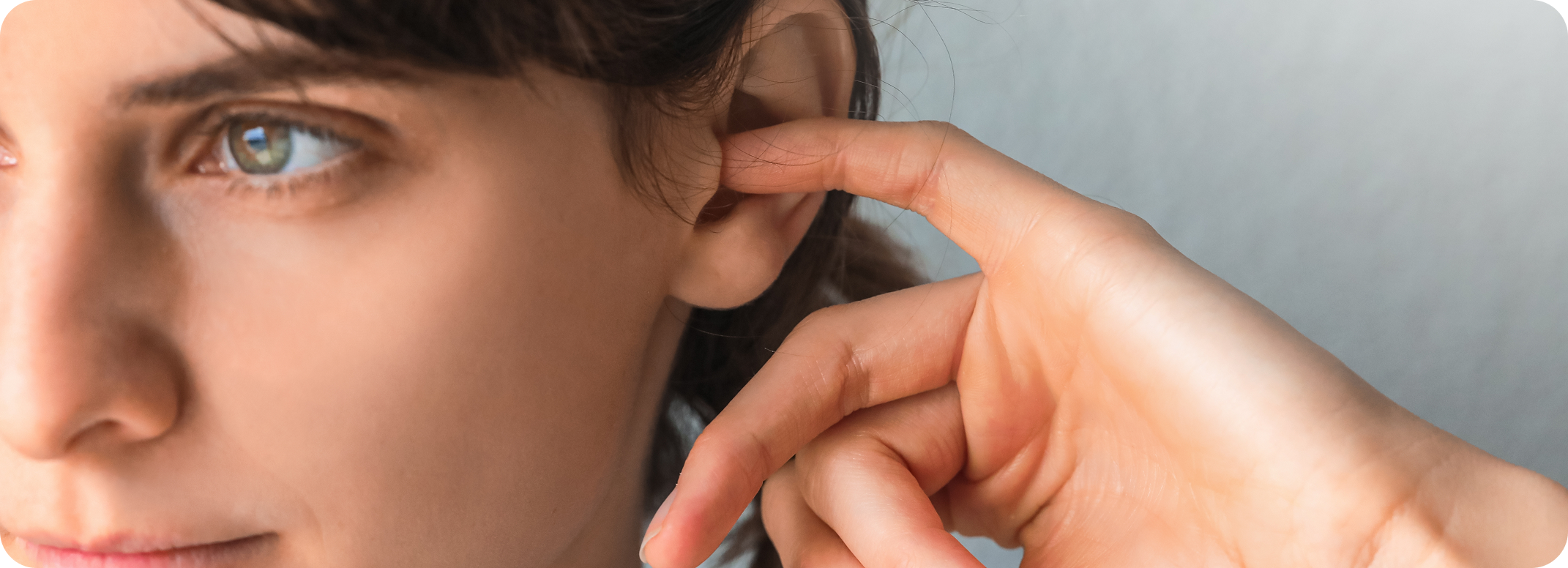How to Connect Your Hearing Aids to Your Smartphone
Many of today's hearing aids can be paired with your iPhone or Android mobile phone. This allows you to control the volume, adjust your sound preferences...
Read more

Every person produces earwax. Without it, your ear canals can't function properly. However, too much of it can cause problems. If you think you have excessive earwax, there are a few key facts you need to know. For instance, you should know how to safely remove earwax at home and what to expect if you need to see a healthcare professional.
Some people produce more earwax than others. However, according to the NHS, there are other factors that can play a part, including the production of particularly hard wax, age, bony growths in the outer ear, and having narrow or hairy ear canals.
A lot of people make the mistake of cleaning out the wax in their ears with Q-tips. This method can help remove small pieces of excess earwax, but it could also push wax deeper into the ear canal, making it much more difficult to remove.
The NHS website lists several symptoms of excess earwax build-up. You may be experiencing one or all of these symptoms, but it is important not to jump to conclusions or self-diagnose. Only a doctor will be able to give you an accurate diagnosis.
Earwax is a protective substance, so it is good to have a healthy amount in your ear canals. If earwax is causing any of the symptoms listed above, there are a few preventative measures you can take.
According to WebMD, mineral oil and a solution of warm water and a little hydrogen peroxide can help. But keep in mind, you should not do anything until you have consulted your doctor. Avoid the temptation to use Q-tips to remove earwax, as they can push it further into your ear. Also, try to keep hygiene products like shampoo out of your ears.
To prevent wax build-up, WebMD also suggests that you keep your ears dry. When you are rinsing your hair, for instance, angle your head to ensure the water flows away from your ears. After swimming, shake your head to remove any water from your ear canals. Of course, you can't always avoid getting water in your ear canals, but you can reduce the chances of significant accumulations of wax. Make sure you dry your ears with the corner of a towel or a hair dryer.
💡 It cleans our ears: Earwax keeps our ears clean, so there's usually no need to use anything else. The simple act of talking and chewing ensures wax moves from the inner ear to the opening.
💡 Don't take wax removal into your own hands: Trying to fish wax out yourself can make the problem worse.
💡 Never use "candling" as a wax removal method: So-called "candling" involves the use of a long, cone-shaped candle, which is inserted into the ear and lit. This method is not effective and is very dangerous.
Before you do anything, ask your doctor: How should you remove excess earwax safely? You want to make sure you use the right methods and avoid doing anything that can make the problem worse. The treatment you are offered will depend on several factors, such as the amount of wax in your ear, the type of wax, and how deep it lies inside your ear canal.
In most cases, the body does a very good job of expelling excess earwax on its own. However, when the situation becomes more serious, medical intervention may be required to stop hearing loss and a range of other related problems.
Want more advice about hearing health issues and hearing aids? Give us a call at 888-780-3450 or click here to chat with us online — we’re always happy to help!
Many of today's hearing aids can be paired with your iPhone or Android mobile phone. This allows you to control the volume, adjust your sound preferences...
Read more
If you have new hearing aids and your ears itch, there's no need to worry. In fact, it's pretty normal among first-time users...
Read more
Good communication combines several important elements like speaking, listening, body language, and context cues....
Read more

Take our free 2-minute question-based hearing test!
It will help you make an informed decision on treating your hearing loss.